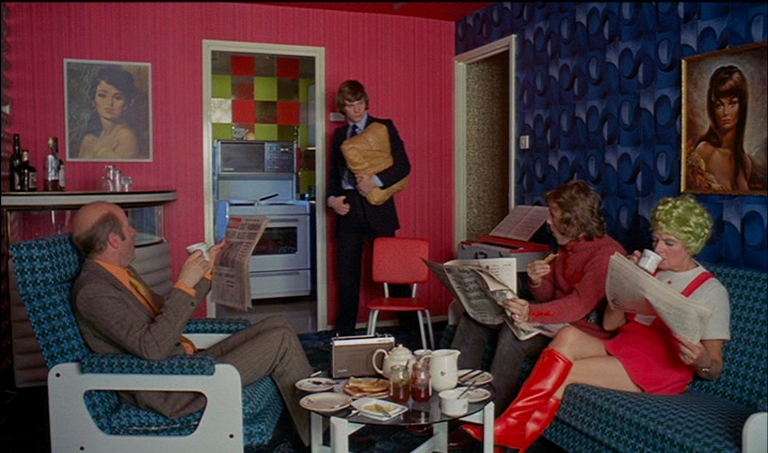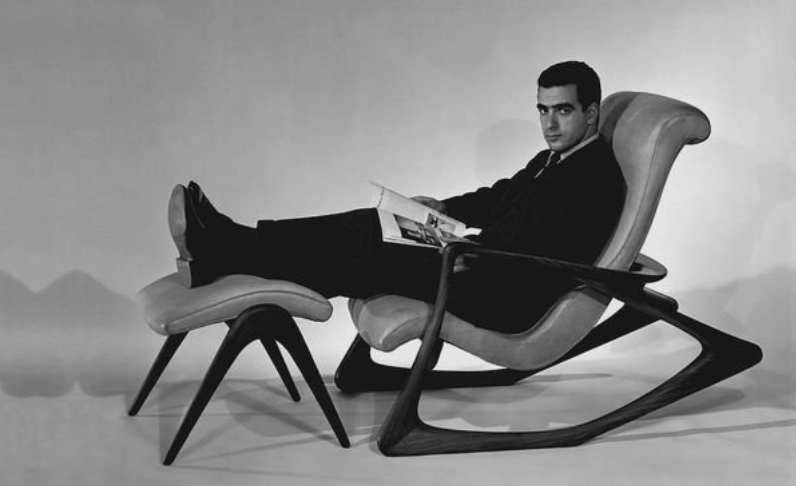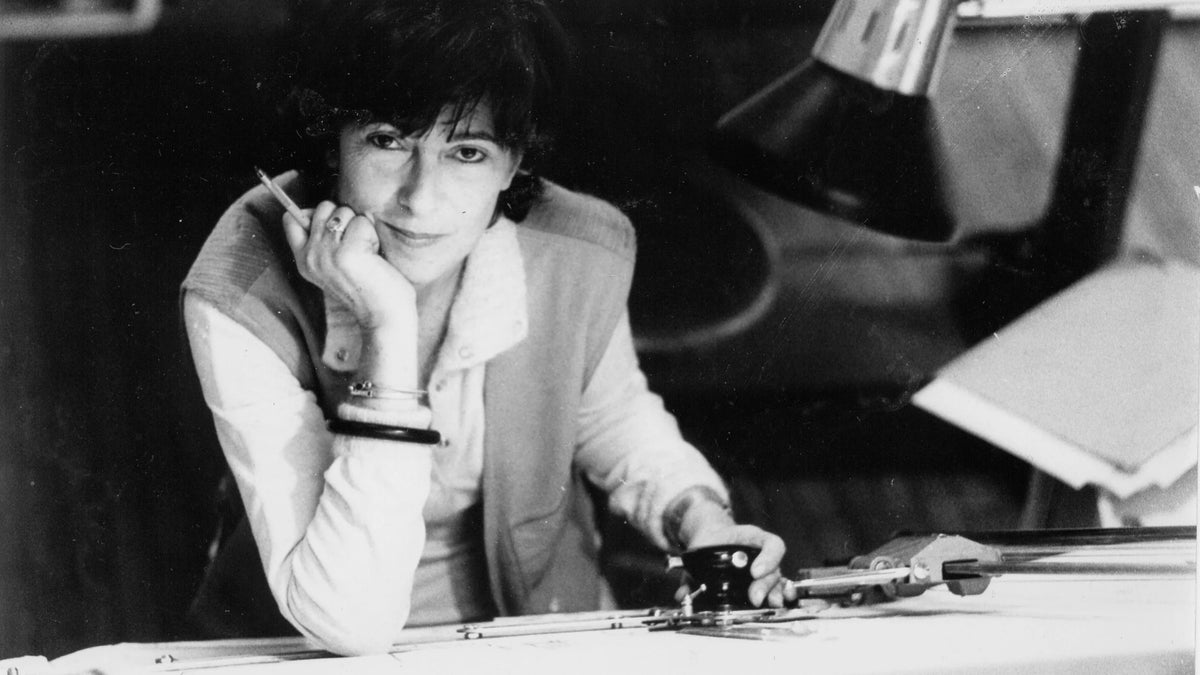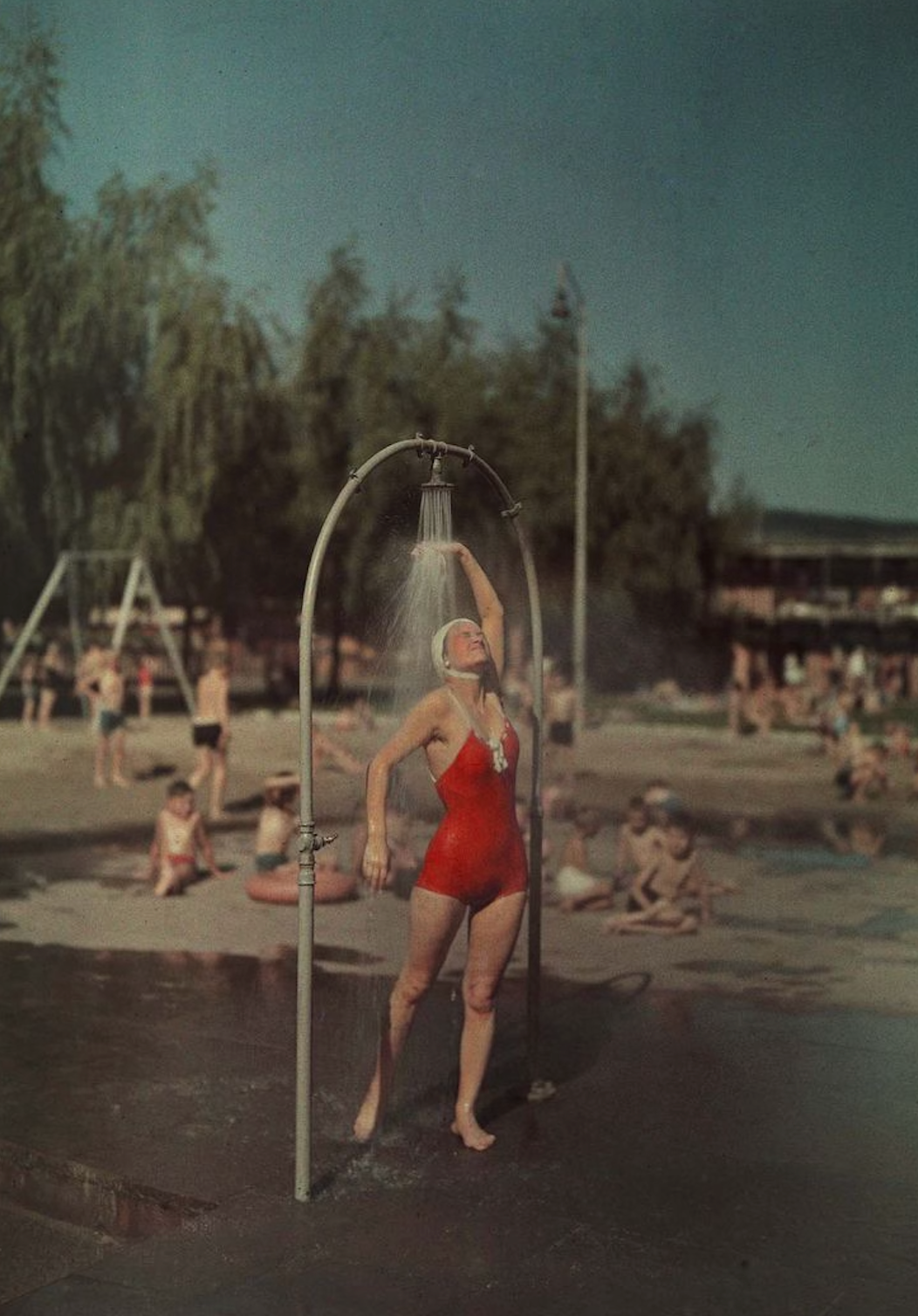Do you ever get the feeling when you’re watching a movie and the character has the coolest house and you wish you could live there? Well, we do - and we can’t say we haven’t taken an idea or two from those sets for our own homes. Watching movies is a great way to find inspiration for refreshing your space, but in well made films it’s easy to get lost in the drama and let the set design blend naturally into the storyline. In this article, we pulled together some of the coolest, most quintessentially retro film interiors to stir up your creativity and celebrate some classics.
The Big Lebowski

Whether you love or hate The Big Lebowski (1998), there’s one thing we can all agree on: the set design is awesome. The retro bowling alley, The Dude’s eclectic bungalow, Maude’s chic studio, Jackie Treehorn’s mansion - the list could go on forever. The design choices throughout the adventure are a delightful mishmash of 60s and 70s aesthetics, reflecting the laid-back, bohemian lifestyle of the central character, but also departing from that in the use of linear, geometric styles of the time. The film pays homage to the counterculture movements of the era, with nods to hippie culture and the flourishing bowling scene in LA. In terms of recognizable furniture, Maude’s studio is styled with Le Corbusier’s LC2 armchairs and LC2 sofa, representing her bold, unapologetically artistic style that is in stark contrast to The Dude’s nonchalance. In the midst of the film's comedic chaos, the set design becomes a character in its own right, enhancing the film's eccentric charm and solidifying its cult status in cinematic history. Oh, and if the mansion looks familiar, it was the location for Doja Cat’s “Say So” music video.
A Clockwork Orange

Moving on to an even kookier movie, A Clockwork Orange (1972) represents one of the many Stanley Kubrick films where his vision extends beyond the narrative and floods into the set design. Just four years after his iconic, hyper-futuristic 2001: A Space Odyssey (1968), Kubrick took on the daunting task of visualizing Anthony Burgess’ story of Alex, a troubled teen navigating a complicated world (to put it lightly). Here, Kubrick’s dystopian setting offers a glimpse into a future where chaos and modernity collide. Production designer John Barry created interiors that reflect the experimental nature of the 1970s, with brutalist and avant-garde design portrayed throughout the sets. The use of bold colors, geometric shapes, and space-like elements creates environments that feel both disorientingly futuristic and oddly nostalgic. The black and white images above are from the home where some of the most memorable scenes were shot - completed in 1966, the Skybreak House (also known as Jaffe House) is perhaps a more subtle version of Kubrick’s dichotomy between future and past.
Mad Men

While much of the attention given to Mad Men tends to revolve around the exceptional film production and complicated characters, equal recognition can and should be given to the spaces these characters inhabit throughout its seven seasons. The set design of Mad Men, headed by Claudette Didul, serves as an exemplary showcase of retro designs, transporting viewers to the glamorous and meticulously styled world of 1960s New York. As the story develops, viewers watch as the residences of the main character, Don Draper, become more reminiscent of the 1960s ad world that he - literally - lives in. The offices of Sterling Cooper Draper Pryce, the focal point of the series, embody the mid-century modern aesthetic with their sleek furniture, clean lines, and vibrant colors. The attention to detail in showcasing pieces from the time, including Eames lounge and office chairs, Florence Knoll sofas, Saarinen tables, and much of the Herman Miller catalog, captures the essence of the era's design sophistication. Across her set decoration, Didul skillfully blends elements of both corporate professionalism and personal luxury, reflecting the societal ideals and aspirations of the time. The result is a visual homage to the iconic retro designs that defined an era, encapsulating the allure of mid-century modernism, in-flux social behaviors, and their lasting impact on interior aesthetics.
Don’t Worry Darling

One of the most outstanding aspects of Olivia Wilde’s sophomore film Don’t Worry Darling (right up there with all of the cast drama) is the aesthetic commitment to retro-chic 1950s design. The film's set design - spearheaded by production designer Katie Byron - becomes a character in itself, epitomizing the era's allure with meticulous attention to post-war period details. However, while the film is set in the 1950s, custom furniture and selected pieces from the 60s and 70s were included in the film to give the feeling that something isn’t quite right about the world that the main character, Alice (Florence Pugh), is living in. Byron credits her design inspiration to mid-century architects Albert Frey and Richard Neutra, carefully selecting material and color palettes reminiscent of their work: cut stone walls, smoked glass, teak, and teal furnishings (a specialty of Frey’s). The set design team visited local Palm Springs antique stores and estate sales to recreate the visual language of the 1950s, winning big when they found the original Sylvania television featured in Alice’s (sunken <3) living room. While much of the furniture was custom made for the film, one piece that you might recognize is the “Butterfly Chair”, designed by Antonio Bonet, Juan Kurchan, and Jorge Ferrari-Hardo for Knoll. Don't Worry Darling stands as a testament to the enduring appeal of mid-century design, showcasing skillful set production and utilizing iconic homes (see the Kaufmann House and the Volcano House) to transport viewers to a bygone era while simultaneously weaving a narrative of suspense and intrigue.



